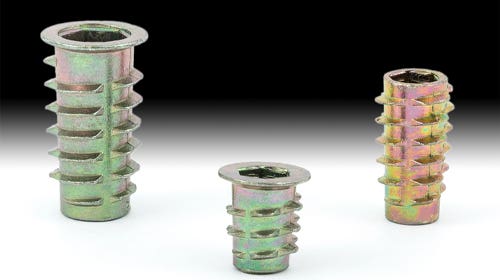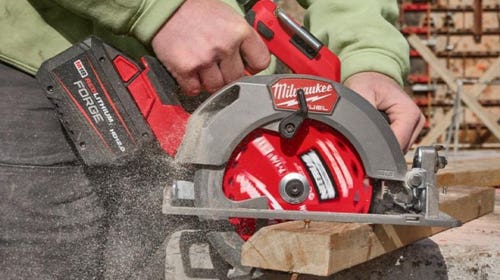Red oak has fallen out of favor
Red oak, once popular in furniture and cabinetry, has seen a decline in commercial demand, with suppliers noting steady yet limited retail sales, while many favor white oak for its durability and red oak’s use shifts toward niche applications like thermal-treated outdoor products and cost-effective alternatives in remodeling.
Once a mainstay of cabinet and furniture production, shops are now shying away from red oak (Quercus rubra), according to suppliers interviewed by Woodshop News.
“Red oak is definitely down, especially on the commercial side,” says Chad Muterspaw of C.R. Muterspaw Lumber in Xenia, Ohio. “But on the retail end, it’s still a good value.”
“On the kiln dried side, red oak’s just steady,” adds Phillip Smith, a sales manager at Stoltzfus Forest Products in Peach Bottom, Pa. "I haven’t seen much change for us in the last year. The price might bump up a bit or go down, but it’s been steady.
“A lot of the sales that we’re getting with our red oak are ripped for width products, and we’re doing a lot of molder blanks for customers that just want something like a 6” blank to run through their molder, or parts going for thermal treatment. They might want thermally treated for something like porch flooring, instead of pressure-treated or plastic alternatives.”
Thermal treatment is a process that changes the wood's cell structure with heat and steam, making it weather resistant. It also changes the color to a dark caramel brown.
"We’ve had a little bit of success with that. We’ve got customers using it for all types of outdoor applications,” adds Muterspaw.
Paul Koffron of Koffron Hardwoods and Cabinets in Tiffin, Iowa, used to buy semi loads of red oak, but no more.
“Twenty-five or 30 years ago, that’s all we sold. Now, a lot of the red oak that’s sold is just for matching or remodeling something that already had it. I’ve seen some of it used for flooring, but still, white oak’s preferred because it’s twice as hard,” says Koffron.
“White oak’s [price is] through the roof. The reason for that is it takes twice as long to dry white oak, twice as long to cut. Everything’s double in white oak. Red oak trees are much bigger in circumference, too, so there’s more wood with each tree.”
For the cost-conscious, Koffron notes that red oak can be finished to resemble white oak, if done properly.
“If you look at antique tables and tabletops, many had red and white oak in the same piece,” he says. "If you mess around with stains a bit you can get red oak to look like white oak. It’s somewhat interchangeable that way.”
“[Red oak] might cycle back around again. Everything has its cycle. But everyone was tired of that honey red oak and now they’re switching it up.”
This article was originally published in the September 2024 issue.







